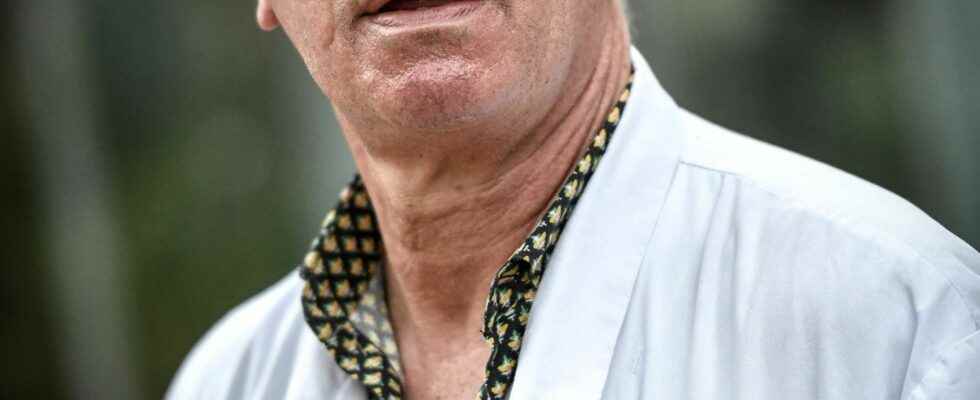A worrying silence now surrounds the AIDS epidemic, made invisible by other emergencies – the health crisis, the hospital crisis, the war in Ukraine, the power cuts… December 1st was the World Day for the fight against this disease. Some media picked it up, most ignored it. We will wait until 2023. However, this would have been an opportunity to measure the path to be traveled towards eradication, weighed down by the three years of Covid. And this despite all the prevention tools available and so effective: pre-exposure prophylaxis (PrEP), treatment as a prevention tool (TasP), HIV and STI screening, soon partner notification, condoms, etc.
Above all, this could have been an opportunity to focus on the lack of available data on HIV. It must be written frankly: this epidemic remains poorly monitored, poorly controlled, and the quality of epidemiological information has been deteriorating for several years. We are sorely lacking in raw data to guide screening and prevention policies. Despite the always remarkable work of the epidemiologists of Public Health France, the data for 2021, although enlightening, remain fragile. The State has not given its health monitoring agency the means to monitor the Covid pandemic, then the monkeypox epidemic without this being to the detriment of other missions. This lack of robust numbers prevents teams from producing reliable incidence data and time-of-infection studies.
A hack that hides the reality badly
Although HIV is a reportable infection, only 59% of new infections were reported by biologists and clinicians in 2021. Blame it on too much overload, or too much neglect? It was therefore once again necessary to make statistical corrections, taking into account delays, under-reporting and missing values, to obtain the figure of 5,013 new HIV discoveries in 2020. A hack that poorly hides a reality, that of the stagnation in the number of new cases, when it is not increasing in certain populations (trans people or men of foreign origin who have sex with men).
If this figure turns out to be lower than that of previous years, it should be taken with caution. First, screening decreased in 2020 (-14% between 2019 and 2020, and -55% during the first confinement) and this drop was not offset by the sale of self-tests (-22% in 2020) . The epidemiologist Florence Lot, during the congress of the French Society for the Fight against AIDS, however estimated that this reduction in screening penalized certain groups among the most exposed to HIV and in particular people born abroad. Even more worrying, among the discoveries of HIV seropositivity in 2020, 30% occurred in the late stage (even in the AIDS stage), i.e. several years after infection. During this period, people who do not know their HIV status do not have access to treatment and can transmit HIV without knowing it.
In a press release published on November 29, the group of users and people with HIV, the TRT-5 CHV, warns of the “alarming state of surveillance of the epidemic” of HIV in France for three years. “The decline in exhaustiveness continues, making a serious and in-depth analysis of the evolution of the HIV epidemic on the territory more and more complicated”, deplore the member associations of the collective, including AIDES, Acceptness-T , Act Up-Paris, Actions Treatments and AIDS Info Service. And the TRT5-CHV concludes: “Failing to provide the means to document the epidemic is a first step towards a gradual invisibilization of HIV. We, actors in the fight against HIV-AIDS, demand that the State return to a truly effective surveillance system that meets current challenges, with a real perspective of the end of the epidemic.”
To get out of this slide towards invisibility, a first track, beyond giving the means to Public Health France, would be the integration of HIV/AIDS into the SI-DEP (DEPistage Information System) which has made its evidence for the Covid. With a puzzle in perspective for the services of the State: what to privilege? AIDS, STIs, neurodegenerative diseases, monkey pox, cancers? We come back inexorably to the question of sorting.
